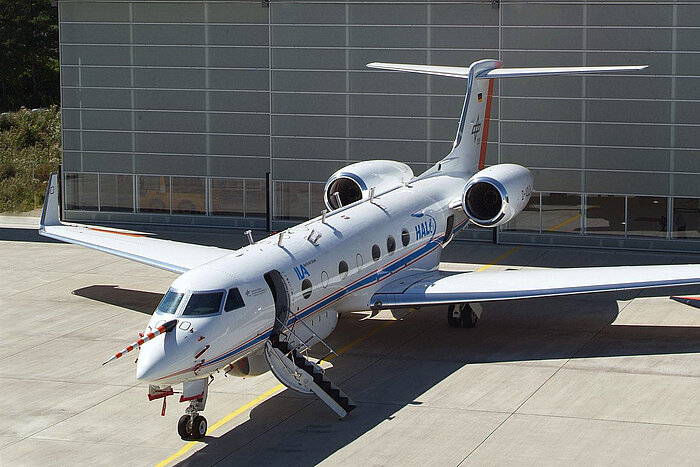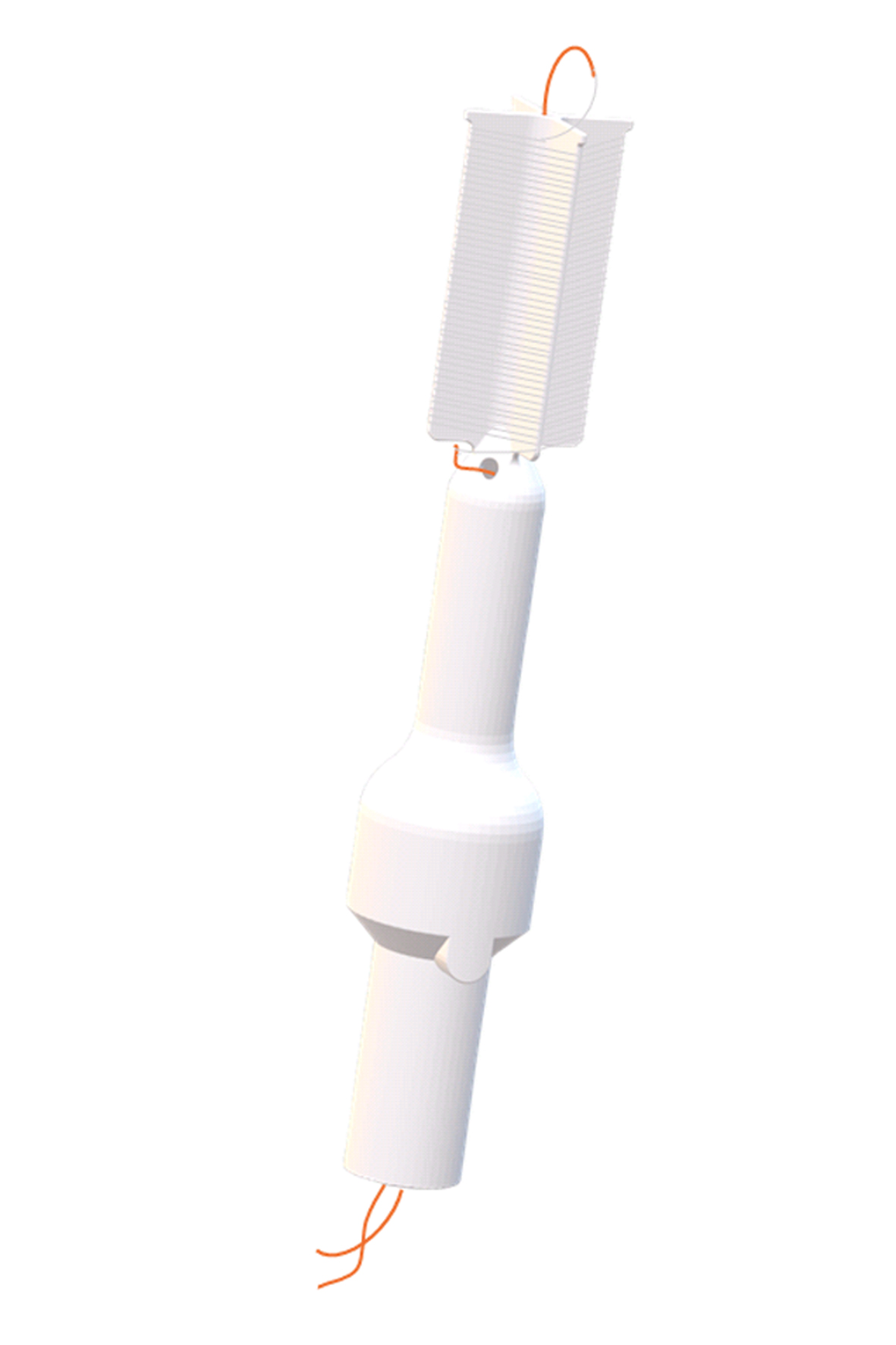Innovative 3D printing solutions for the aerospace industry
The cooperation with institutions such as the German Aerospace Center (DLR) underlines the importance of 3D printing technology for components which have to meet special requirements. With the development of prototypes, for example for the measurement and sensor technology group of the Flight Experiments facility, and the potential of subsequent serial production using 3D printing, it is possible to realize innovative solutions for the challenges in aerospace. With the use of additive manufacturing processes such as LCM technology for technical ceramics or the LaserMelting process for metal alloys, as an innovative manufacturing center, CADdent is opening up new perspectives for the future of this industry. In this article, you can find out more about one of our manufactured sensors and the high-performance materials used for it, as well as our cooperation with the DLR.
Ceramic 3D printing for special applications
Ceramic 3D printing combines the process-specific advantages of additive manufacturing with the material-specific advantages of technical ceramics. This results in a wide range of applications, including special areas in which maximum requirements are placed on the respective component. This applies to aerospace technology, for example. In this industry, depending on the component and its use, explicit requirements are made with regard to mechanics, aerodynamics or temperature - which is why we can consider only a few materials.
Advantages of technical ceramics
Technical ceramics such as aluminum oxide or zirconium dioxide have very high strength and extremely good resistance to chemicals, corrosion and temperature. They are also electrically insulating and biocompatible. In addition, aluminum oxide has the potential to reduce weight, as it is a very lightweight ceramic.
Advantages of additive manufacturing
Additive manufacturing allows extremely complex, filigree and hollow structures to be produced cost-effectively and in a very short time. Additive manufacturing is suitable both for the production of individual parts, such as prototypes, and for the serial production of small or large series. In the production of technical ceramics, CADdent relies on the LCM process (Lithography-based Ceramic Manufacturing) from machine manufacturer Lithoz GmbH - the market leader in the field of lithography-based ceramic 3D printing.
Dental alloys in the aerospace industry
In addition to its expertise in 3D printing with technical ceramics, CADdent has many years of experience in the additive manufacturing of various metal alloys, such as cobalt-chrome and titanium. These two high-performance materials are used in the dental industry and have a significantly higher hardness and corrosion resistance compared to conventional steel alloys. Titanium - the material of the future - also impresses with its lightness, which is due to its comparatively low density. Both dental alloys therefore also have great potential for use in the aerospace industry. With the additive manufacturing method using LaserMelting, we can produce extremely thin-walled and complex geometries with high precision, which cannot be realized with production techniques such as milling.
Successful cooperation with the DLR
Since 2023, we have been a manufacturing service provider for the German Aerospace Center (DLR) for the development of prototypes and subsequent production of small series for the Measurement and Sensor Technology group of the Flight Experiments facility. One of our projects involved the production of a prototype for a PT100 sensor, which was required for flight experiments with the "HALO" (High Altitude and Long Range Research Aircraft). This temperature sensor is made of platinum (Pt), among other materials, and has a resistance of 100 ohms (Ω) at 0 °C. Through intensive collaboration with our research and development department, we could make some design adjustments and optimize the topology.
Innovative temperature sensor
The special feature of this PT100 sensor developed for the aerospace industry is that the sensor head was made from zirconium dioxide using ceramic 3D printing. The additive manufacturing method made it possible to reduce the wall thickness of the sensor to 0.3 mm in the head area and to 0.5 mm in the remaining area. A 0.025 mm thin platinum wire was then wound around the head area and soldered to the copper wire. The PT100 sensor benefits from the outstanding material properties of zirconium dioxide, such as the very low thermal conductivity (2.5 - 3.0 W/m*K) and the very high temperature resistance. In addition, the sensor connector is made of aluminum oxide and the connection is made of cobalt-chrome using 3D printing technology.
CONCLUSION
The use of 3D printing for special components in the aerospace industry opens up new perspectives for the future of such technically demanding sectors. If you are also interested in ordering prototypes or small series from CADdent, you can quickly and easily upload the file for your component on our rapid prototyping order page and then download the quote directly.
Do you have further questions about rapid prototyping? Our experts will be happy to help you select the right material and make any necessary adjustments to your design.
Customer care Prototyping
T: +49 821 5999965-0
E-Mail: prototyping@caddent.eu

